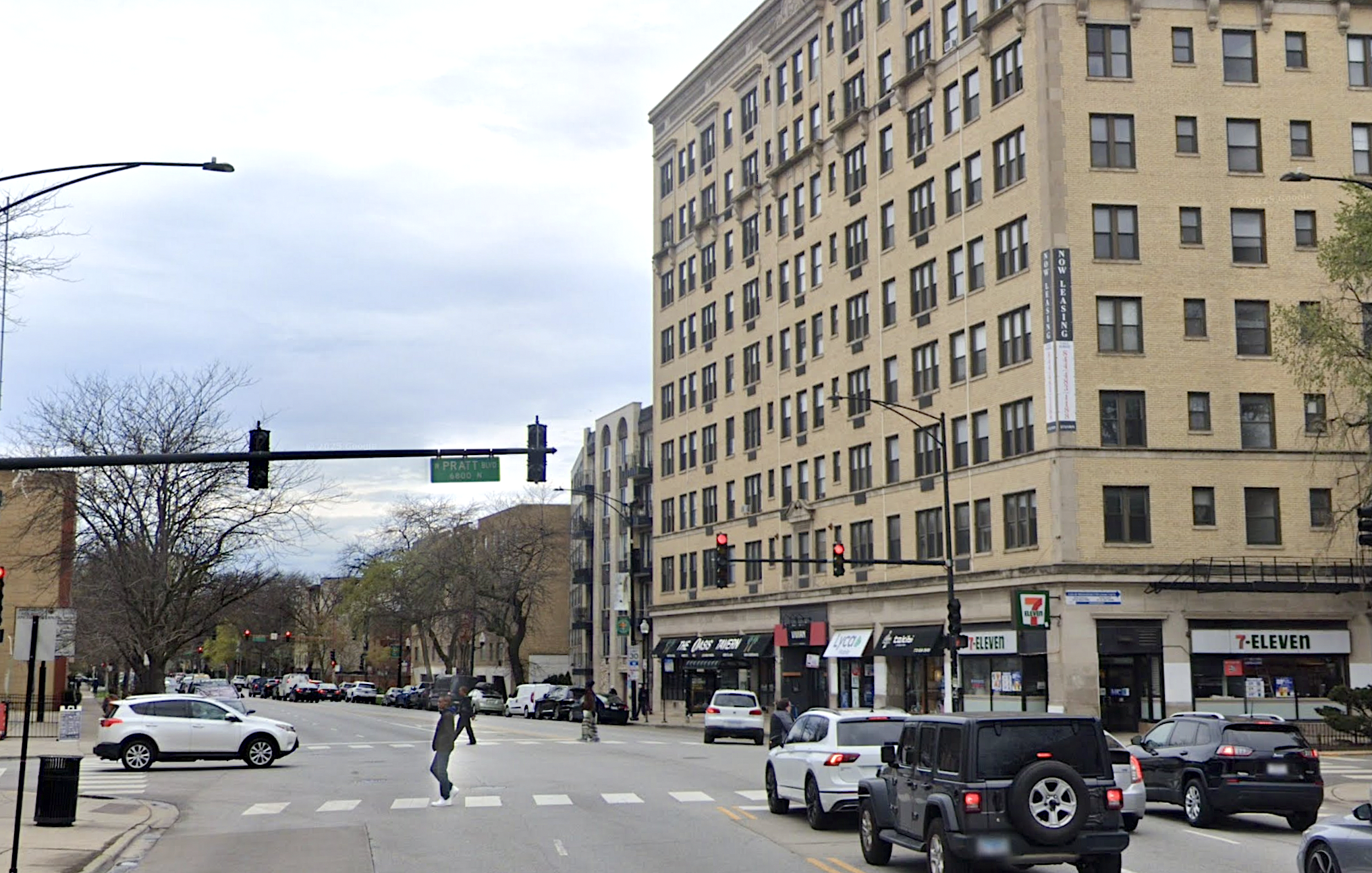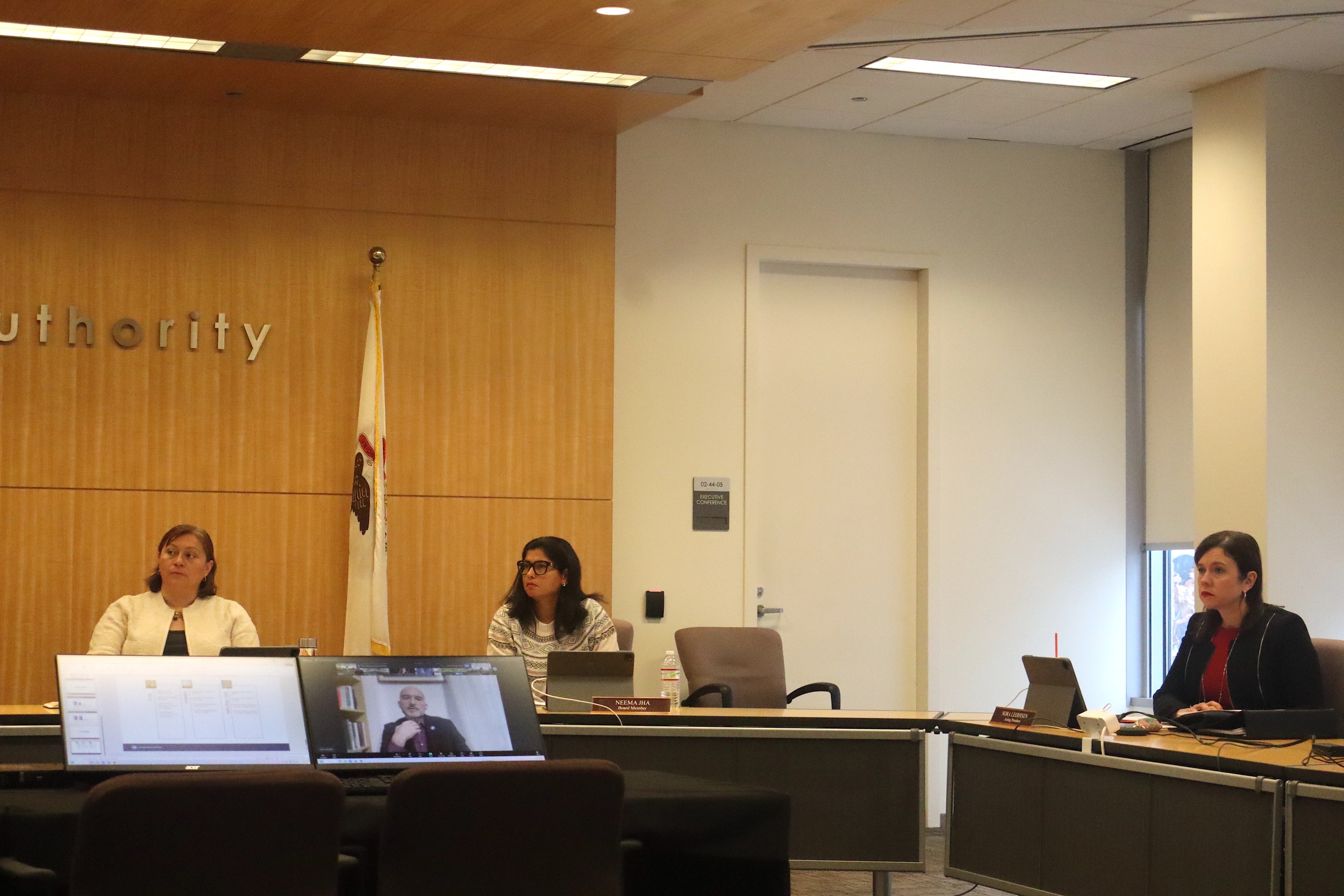If you’re running for a Chicago political office and want to showcase your inadequate knowledge of local transportation issues, a great way to do it is to trash the city’s Ashland bus rapid transit plan. At a recent panel of candidates for state rep in the 10th district of Illinois’ House of Representatives, which includes neighborhoods from Garfield Park to Lincoln Park, veteran policeman Eddie Winters did just that.
According to a DNAinfo report, at the forum held Wednesday in a Wicker Park coffee shop, Winters, who is endorsed by Governor Pat Quinn, Secretary of State Jesse White, and 32nd Ward Alderman Scott Waguespack, said he advocates bringing together different communities in the diverse district. He added that he understands issues that affect Wicker Park residents, using BRT as an example. “It would affect you all here, change side streets into major thoroughfares," he said.
In doing so, he actually showcased his lack of understanding of Wicker Parkers’ transportation needs, and those of all Chicagoans. The neighborhood is a dense, transit-friendly community where roughly a third of residents commute by buses and trains. The developers of the new 99-unit residential tower at the southwest corner of Ashland and Division were aware of this fact when they opted to include zero parking spaces for tenants. Like other folks who live along the Ashland Corridor, where one out of four households don’t own a car, Wicker Park residents stand to benefit greatly from a convenient north-south rapid transit connection to other parts of the city and a multitude of other transit lines.
The notion that converting mixed traffic lanes to bus lanes, as well as prohibiting most left turns from Ashland, for BRT will result in large amounts of traffic on residential streets is an unrealistic one. But as the map below by the Metropolitan Planning Council's Yonah Freemark illustrates, by nearly doubling bus speeds, the system will dramatically increase the range of places one can travel on transit within a given period of time. That will have a huge positive effect on job access and real estate development.

Besides being wrongheaded rhetoric, bashing BRT probably isn’t even a smart move politically. As of Tuesday, 2,937 people have registered as BRT supporters by signing an Active Transportation Alliance petition or writing their alderman – it’s likely that literally hundreds of them live in the 10th District. If Winters wants to win their votes, he’d be wise to do some research on the success of BRT in several other U.S. cities like New York, Los Angeles, and Cleveland, as well as scores of cities around the world, before sounding off on the topic again.






